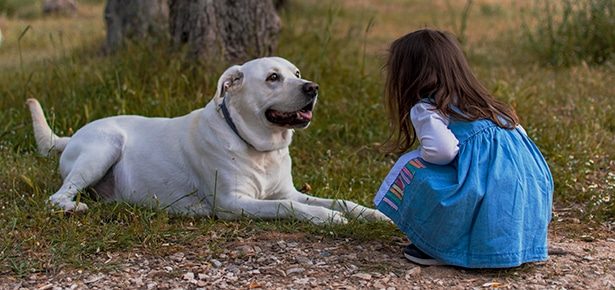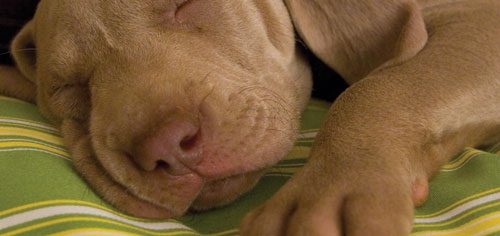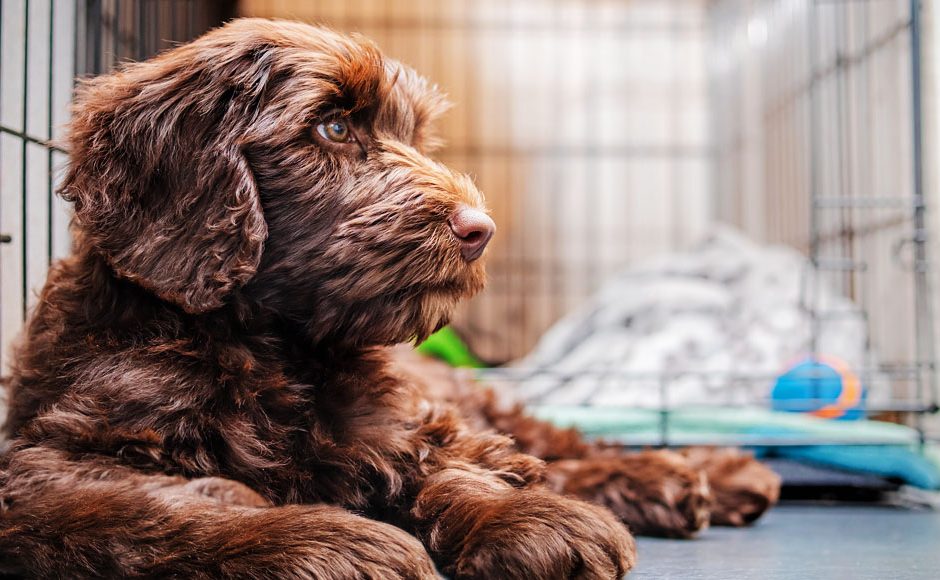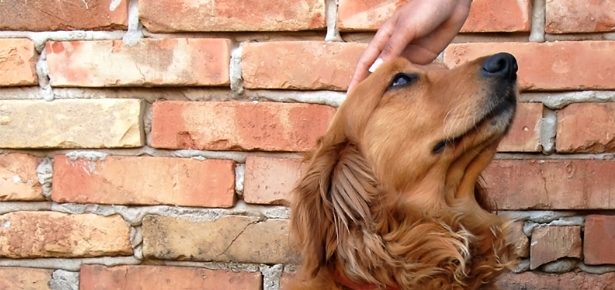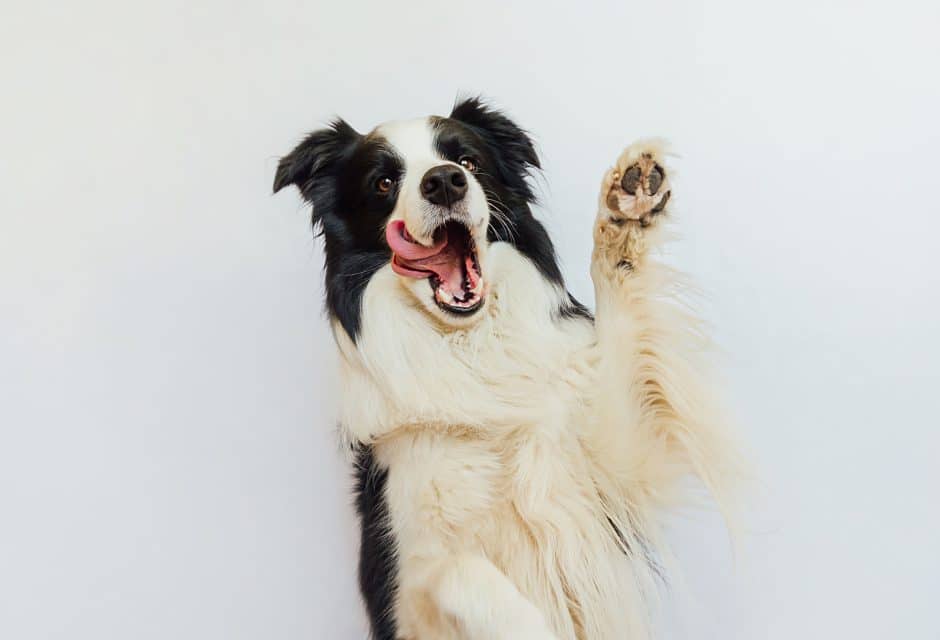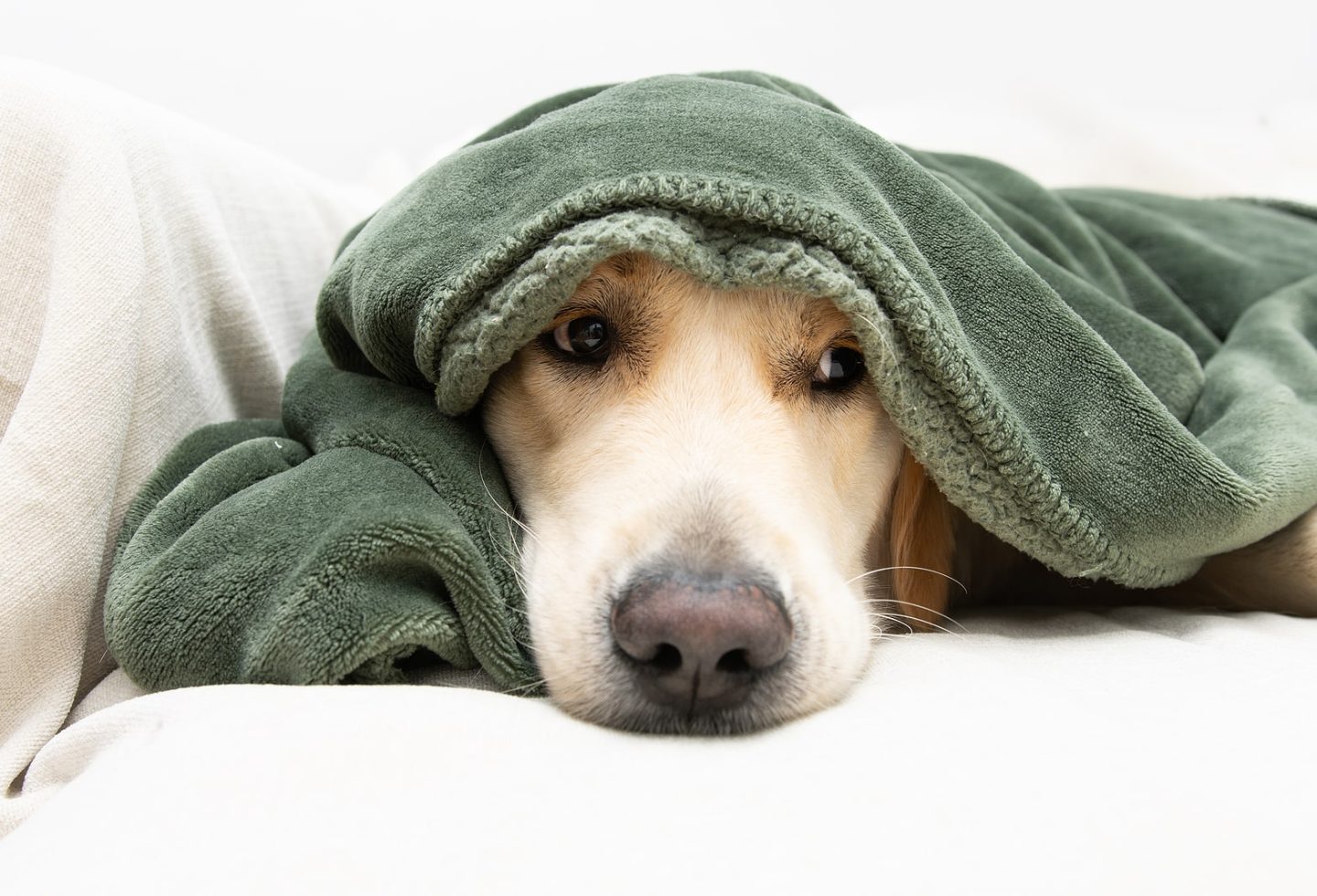
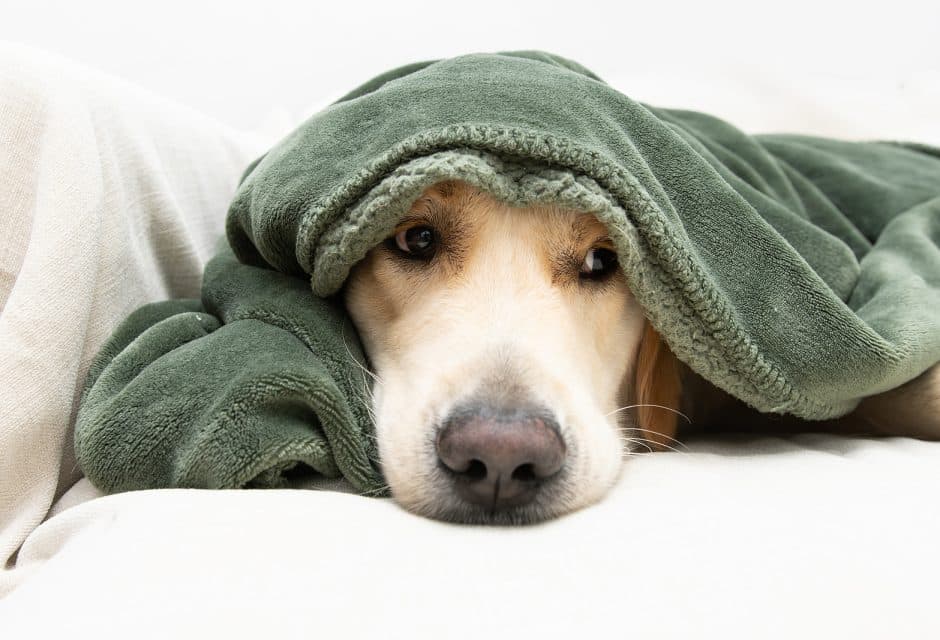
How to Ease Separation Anxiety in Dogs
A behaviour modification plan
Does your dog have separation anxiety? Try this list of 11 tips and tricks to help your pooch calm, relax, and enjoy being together… without all the stress!
1. Give your dog a minimum of 30 minutes to 1 hour of aerobic exercise each day.
2. Work on basic obedience commands (come, sit, sit-stay, down, down-stay) for 15 or 20 minutes each day. Use rewards for compliance (praise, a quick pat on the chest, a food treat) rather than reprimands or punishment for lack of compliance. If you need help getting consistent obedience from your dog, work with a professional trainer.
3. Wean your “Velcro dog” from being attached to you at all times when you’re home. Use a baby gate to barricade her in a separate room for part of the time when you’re home.
4. Provide her with a delicious distraction, such as a Kong toy stuffed with a food treat (peanut butter is a popular Kong stuffer) while she’s by herself. You can also use a “down-stay” or “get in your bed” command to put some distance between you. Shop our favourite treat toys here.
5. Ignore her for 20 minutes before you leave and 20 minutes after you return. Effusive goodbyes and hellos make a dog with separation anxiety feel worse.
Photo: SANDRA DEL RIO/bigstock.com
6. When you leave her alone, don’t give her the run of the house or apartment. Instead, use a baby gate to confine her to one room, such as the bedroom, bathroom, or kitchen—wherever she’s least likely to do damage or disturb the neighbors. Leave a radio or TV on very low to provide distracting background noise.
7. Do not leave a dog with separation anxiety in a closed crate. Many dogs with separation anxiety have panic attacks when crated and will injure their mouths or front feet trying to bite or claw their way out of the crate.
8. Don’t use an anti-bark collar. It’s unlikely to work on a dog with separation anxiety because negative reinforcement is only going to heighten a dog’s anxiety overall. While the barking may stop initially due to your dog being afraid of the collar, eventually your dog’s anxiety will build higher than before, making training and interactions with your pup more difficult than before. Plus, as pet parents, we always want to avoid creating a fear-based environment for dogs (or any pets) as positive reinforcement is the most humane option, and the most effective in training.
9. Start a program of desensitization or “flooding.” Flooding for separation anxiety would involve setting aside several hours on a weekend during which you enter and leave your apartment so often that you essentially wear the dog out. Leave the apartment every few minutes, on a varying schedule, for a minute or two at a time then come back. Be sure not to return while your dog is barking or howling, or else you will be rewarding her for that behaviour. If it’s impossible to walk out the door without having your dog bark, you might have a friend remain in the apartment while you go in and out. Desensitization for a dog with separation anxiety involves giving her your customary cues that you’re leaving—such as picking up your car keys or briefcase, opening the coat closet, putting on your “work shoes,” and so on—without actually leaving.
10. A DAP diffuser or collar may help calm an anxious dog.
11. An antidepressant may be helpful for a dog with separation anxiety. Clomicalm (clomipramine) is widely used for that purpose. In severe cases and for occasional use, an anti-anxiety medication can also be given one hour before your departure. No drug can extinguish separation anxiety on its own, however. Desensitization is essential.
► If you’re wanting to stay away from antidepressants, another option that can help is MedixCBD’s CBD oil for dogs, a powerful non-psychoactive compound that has demonstrated various wellness benefits including anti-inflammatory, anti-anxiety and other joint related benefits.
Sections are excerpted from Hound Health Handbook © 2004, 2009 by Urbanhound, LLC Used by permission of Workman Publishing Co., Inc. New York All Rights Reserved Available wherever books are sold.
*We promote the best information and products for our readers, and some may be affiliates of Modern Dog, which means we make a small amount when you purchase. Thank you for your support!
Join the newsletter and never miss out on dog content again!
"*" indicates required fields
By clicking the arrow, you agree to our web Terms of Use and Privacy & Cookie Policy. Easy unsubscribe links are provided in every email.


